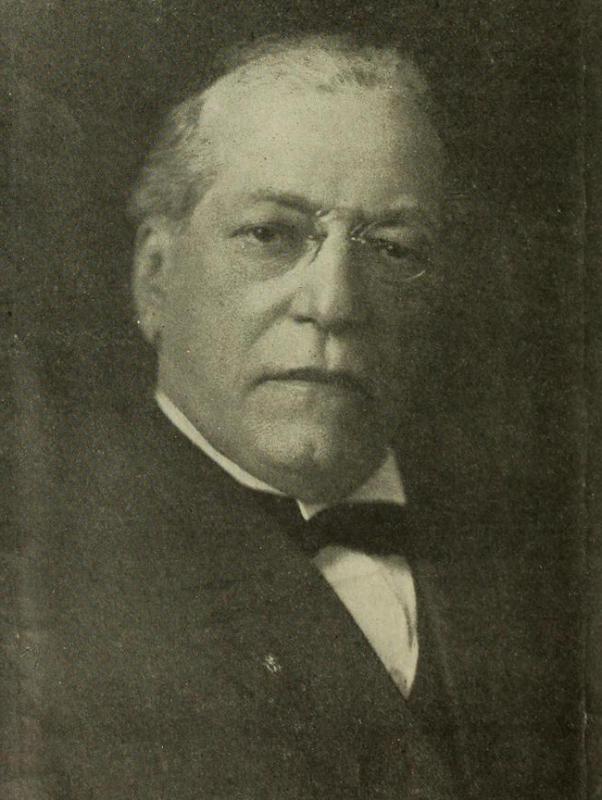At WiseGEEK, we're committed to delivering accurate, trustworthy information. Our expert-authored content is rigorously fact-checked and sourced from credible authorities. Discover how we uphold the highest standards in providing you with reliable knowledge.
What Is the Socialist Labor Party?
The Socialist Labor Party was a political party in the United States that promoted a socialist agenda and advocated a pro-worker platform. The party fielded a candidate in every presidential election from 1892 to 1976, but never produced a winner. Socialism in the United States has never been a majority view, and though party members were committed to changing this, by the early 2000s leaders began feeling that they lacked the support, both financially and publicly, to remain in tact. The group’s national office closed in late 2008, and since that time the organization has been one that exists only on paper. This is not to say that no politicians in the U.S. today espouse socialist views; some do, but their formal affiliations are typically with some other and usually larger political party.
Understanding Political Parties Generally

In the United States, as in most democratic countries, political activities are usually organized by parties. A party system is a way of grouping people with similar beliefs behind a list of agenda items and points of contention. The modern political landscape in the U.S. is driven chiefly by the Republican and Democratic parties, but the nation functions on a multi-party system such that people from any affiliation could, theoretically at least, win office and assume governmental control. The Socialist Labor Party was always a minority party. Members put themselves forward for many different elections, both regionally and nationally. Perhaps because of their small membership numbers they weren’t able to make much of an impact, though, at least not on the broader political landscape.
Basic Organization

The Socialist Labor Party of the United States was the nation's oldest socialist political party until it became inactive. The party was created in 1876 as the Workingmen's Party and was renamed in 1877. The party originally attracted a variety of socialist members from varying backgrounds and schools of thought but by 1890 the party had adopted an almost exclusively Marxist world view.

Organization primarily took the form of local sections which met periodically, usually culminating with a bi-annual national convention of democratically elected delegates. Membership was open to anyone who agreed with the party's program, agreed to abide by its tenets, and had no ties to other political parties.
Political Agenda
The party's political agenda, called the Socialist Industrial Union Program, sought to create a classless society by developing a Marxist class consciousness among workers across industries. The “ideal society” embraced by members stipulated that all property would be collectively owned, with industries and social services operated for the benefit of all and supervised by the democratically elected Socialist Industrial Union government. The agenda for achieving this goal followed Socialist thinker Karl Marx in focusing on the class-consciousness of the working class. The thought was that, by developing a collective consciousness, the working class could develop the political and economic institutions that would allow it to seize power from the controlling capitalist class.
Trade and Labor Goals
The party’s early days were filled with attempts to create the necessary political and economic institutions to accomplish its mission. The party tried to turn the American Federation of Labor and other unions into militant working-class organizations in the late 19th century, but the effort eventually failed. It endorsed the Socialist Trade & Labor Alliance and continued to support it until 1905, when the alliance merged with the Industrial Workers of the World.
Shortly after the merger, the organization was overtaken by anarchists. In 1908 party leaders helped to establish a new International Workers of the World that was later renamed the Workers International Industrial Union. It operated under that name until 1924, when it was disbanded. After that point, the Socialist Labor Party was not directly involved in establishing any outside organizations.
Influential Leaders
The party had a few influential members over the years, perhaps none more powerful than Daniel De Leon. De Leon developed the Socialist Industrial Union Program and served as editor of The People, the party's political magazine, from 1982 until his death in 1914. The party took steps to recognize De Leon's contributions after his death, but even in so doing the party was careful to emphasize that he was only one of many great socialists and that the party should not be thought of as a “cult of personality.”
Ultimate Decline
The party declined in membership, reaching extreme lows after the end of the Cold War and the stigma that conflict brought on those with Communist and radical Socialist views. Remaining party members closed the group's national office on 1 September 2008 and sent most of its materials to be archived at Duke University and the Wisconsin State Historical Society. All local and state party offices closed shortly thereafter. The party began existing entirely on paper at that point, with hopes of someday reviving its financial situation and membership numbers.
AS FEATURED ON:
AS FEATURED ON:













Discuss this Article
Post your comments